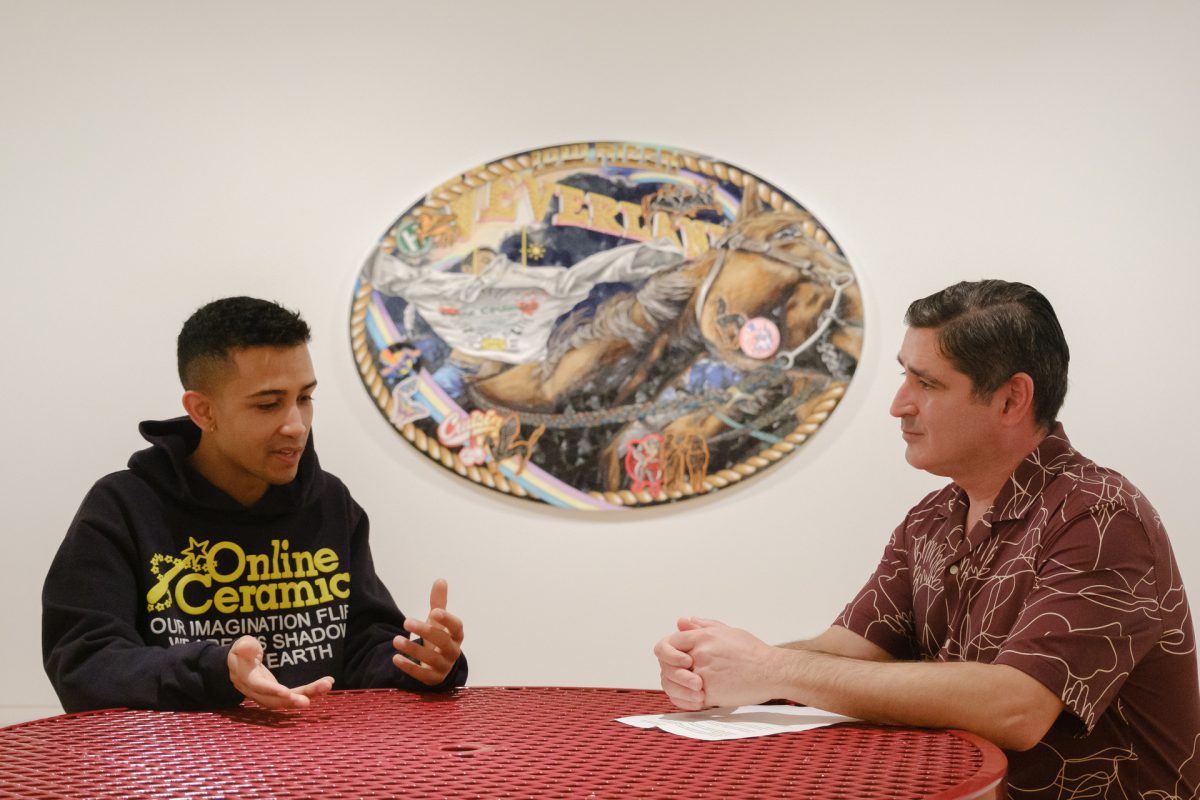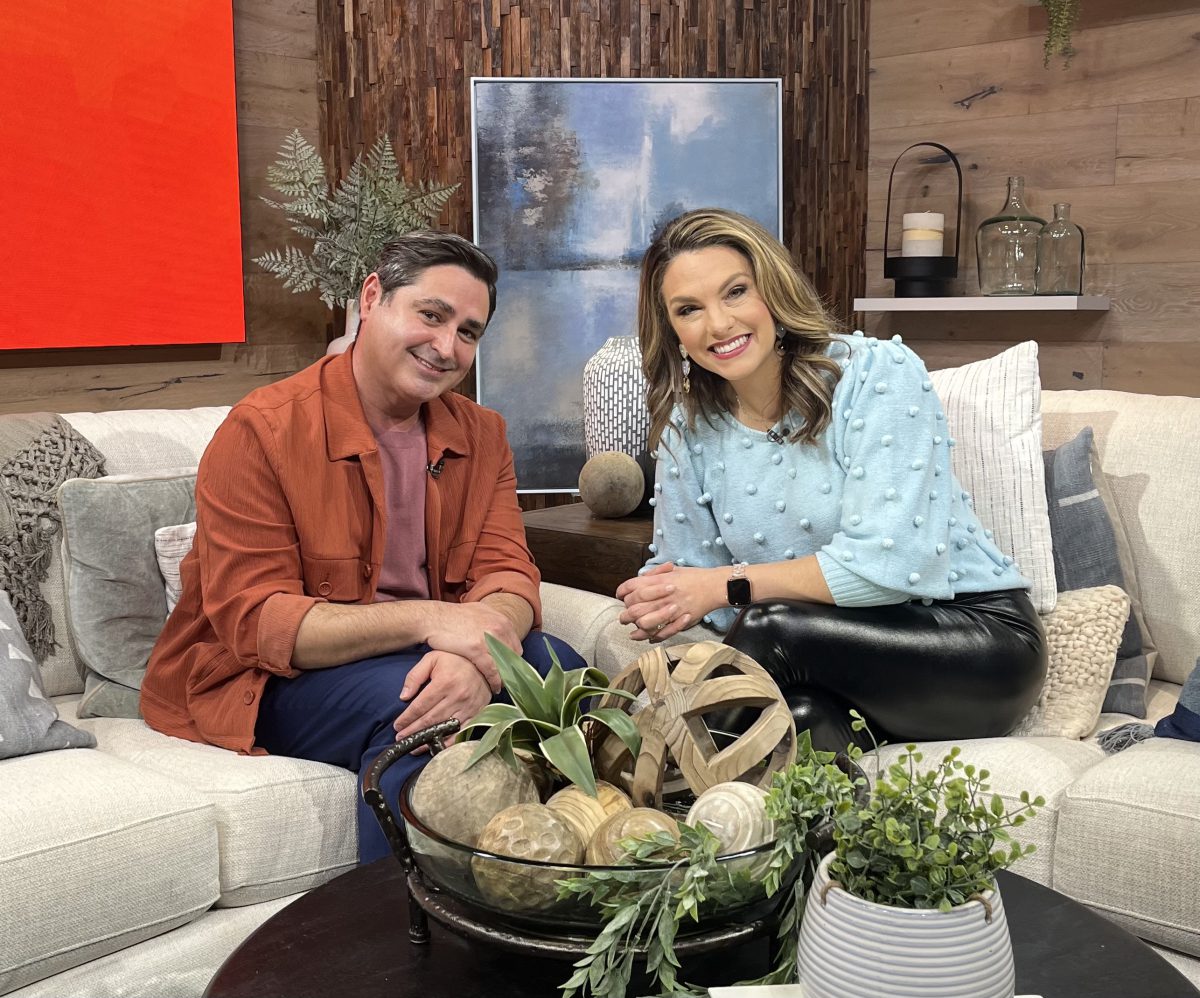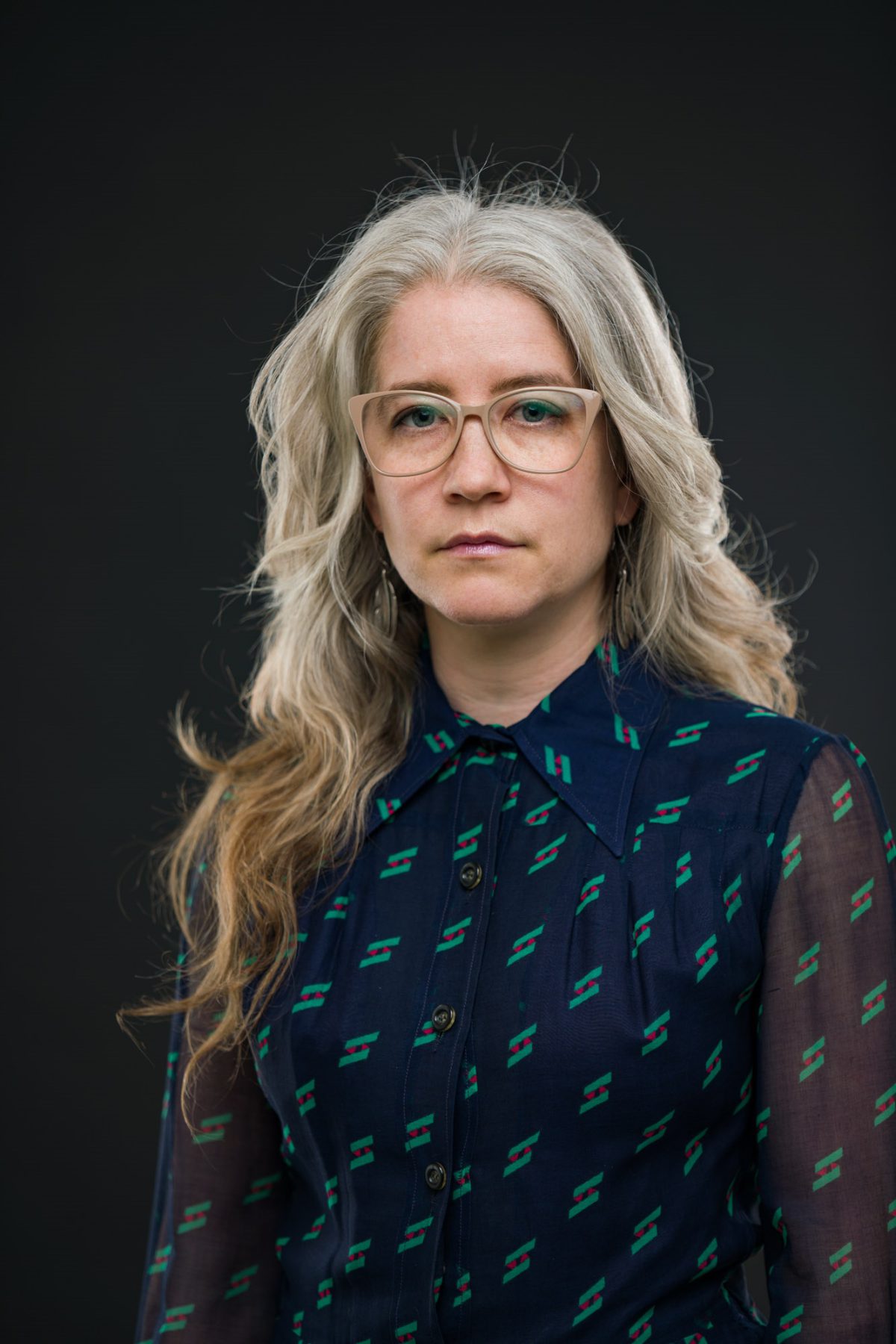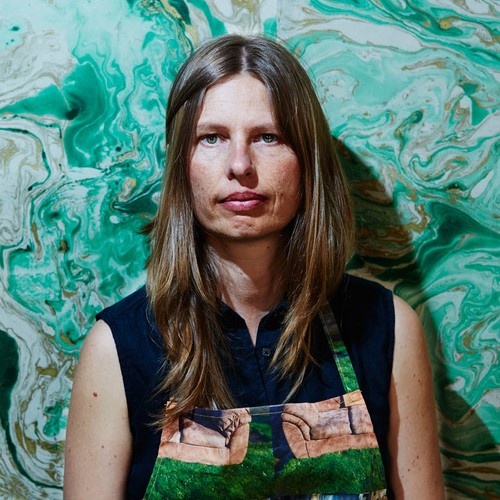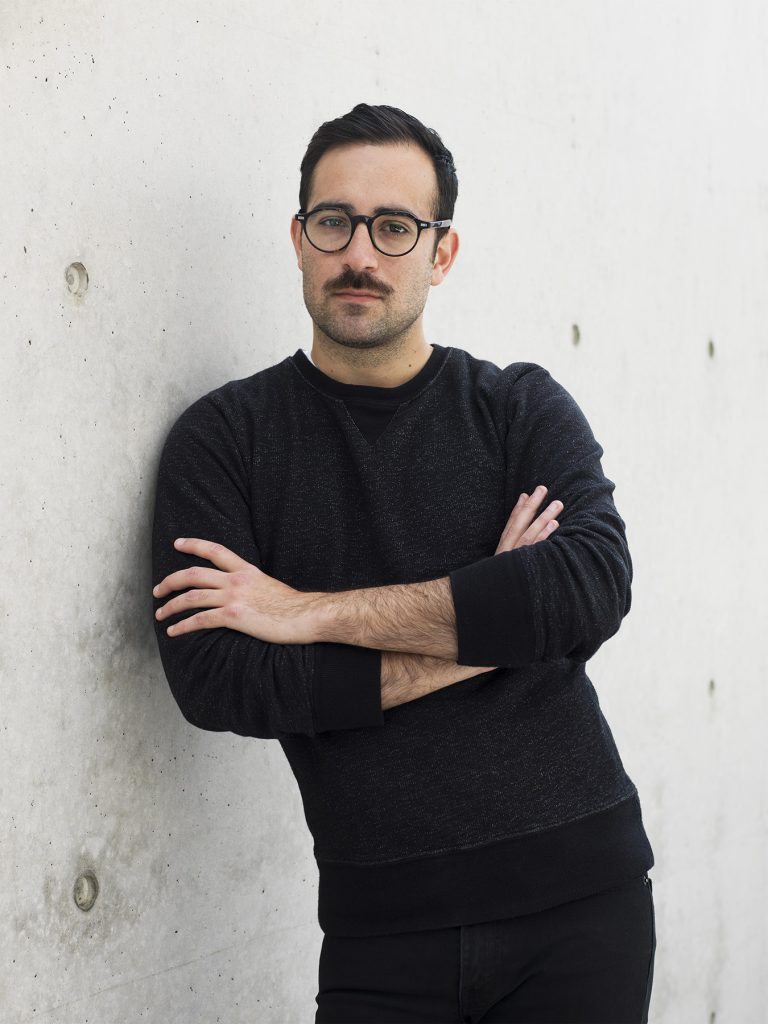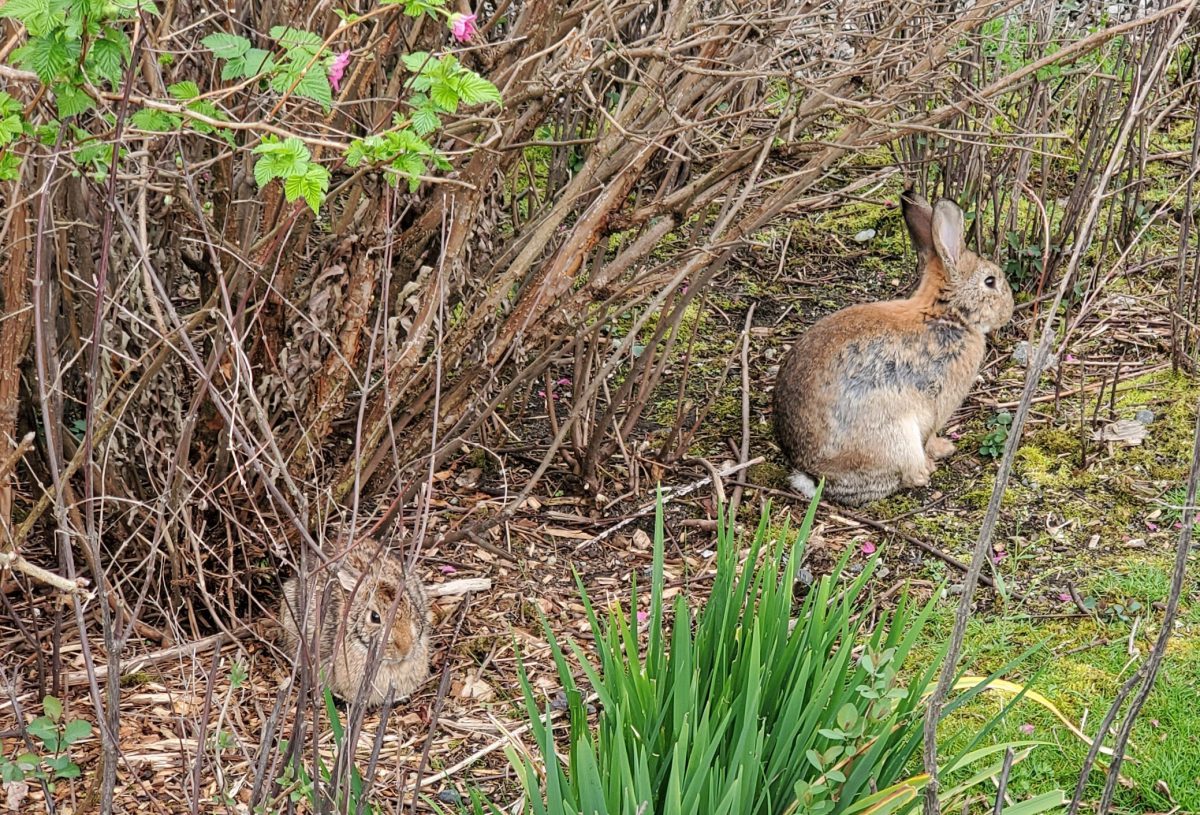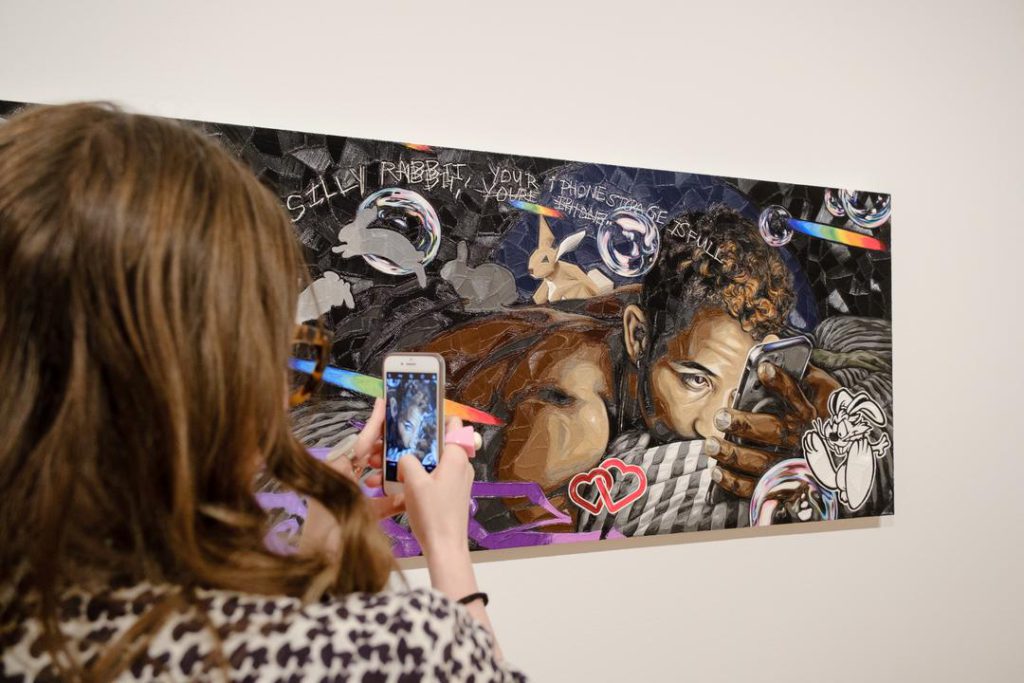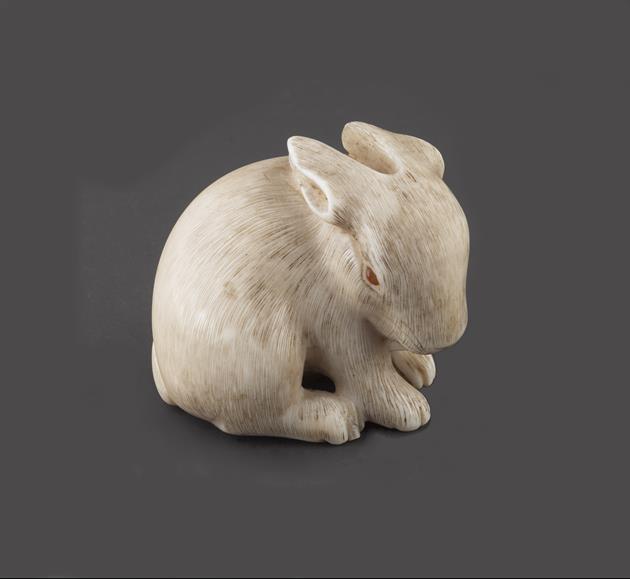This Moment in Time: A Conversation with Anthony White and José Carlos Diaz
With his first solo SAM exhibition, Limited Liability, coming to a close in a few short weeks, 28-year old Seattle artist Anthony White woke up bright and early one December morning to meet Susan Brotman Deputy Director for Art José Carlos Diaz in the galleries of his exhibition before the museum was open to the public. Sitting around the retro lunchroom table—the centerpiece of SAM’s 2021 Betty Bowen Award winner’s gallery—the two spoke about the response he’s received to Limited Liability, the meticulousness of his practice, queer representation in art, what’s next for Seattle’s rising star, and what it means to artistically render this moment in time.
Read the full interview below and experience Anthony White: Limited Liability at SAM’s downtown location before it closes Sunday, January 29.
José Carlos Diaz: I want to start off here by thanking you and SAM curators Catharina Manchanda and Carrie Dedon for putting this exhibition together. Limited Liability was the second exhibition that opened after I joined SAM in July 2022, and it’s been a joy getting to know you and to see visitors interact with your paintings. So, my first question is: What has been the response to this exhibition. What have you observed? What have you heard visitors say while seeing your artwork at SAM?
Anthony White: Overall, the response has been great. I think people are excited to see work like mine in an established institution. My work is vibrant and modern, and I think it can be refreshing to see in a museum gallery. It’s always fun to see people stumble on artwork they weren’t really expecting to see at a museum. I will say, everyone is infatuated with my age. I didn’t expect I’d receive so many comments about that.
JCD: Did they think you were older?
AW: Yeah. Generally, people are surprised that someone my age is able to do this.
JCD: It’s definitely incredible that someone your age has a solo exhibition at a major regional museum.
AW: Totally, but it’s still incredibly surprising to me. And a lot of people did reach out to say that it was nice to have something that they could relate to. There were a lot of people that would identify with certain symbols and objects that came out of very specific time periods. It’s really cool to see how my artwork connects with people, even if in the smallest degrees.
JCD: That’s great to hear! Many people may not yet know this, but SAM actually acquired one of your works from this exhibition. The artwork that the curatorial team and the board approved is UNTIL THE END OF TIME (2022). It was really important to our team to acquire this particular artwork because it really reflects the diversity within SAM’s collections, but it’s also a representation of an artist who is living and working in Seattle. But, as a curator myself, I was curious how you’d like to see your artwork displayed and used in the future when you visit SAM? Maybe in a different context? With similar or different artworks? Is this something you’ve thought about?
AW: First, I want to say how excited and honored I am to have my artwork in SAM’s collection. It’s an incredible way to be connected to this institution for a long time. But I do often find myself thinking about what happens to artworks that end up in collections. I think most institutions either keep their works either independently displayed somewhere or they pull it into a group installation to give it additional context. My hope is that UNTIL THE END OF TIME is shown alongside other artworks at SAM that tell the stories of time.
JCD: Would you be interested in seeing it integrated into the European galleries, as having a conversation or even challenging the Old Masters?
AW: Certainly.
JCD: I think that’d be a really fun conversation to have! Many of the European artworks in SAM’s collection capture a specific moment or time in history. With your artwork alongside these other pieces, I think they’d be talking about the same exact things but across vastly different time periods. I love it!
AW: I think there are endless opportunities for my artwork to interact with historic artworks throughout SAM’s collection. It’s fascinating to see how our interpretations of everyday life have changed over time.
JCD: Plus, it’s the first artwork in the collection featuring Kim Kardashian.
AW: She should be honored. Someone tell her!
JCD: I was so thrilled that you’ve gotten so much press from this exhibition. But what’s made me the most proud is seeing all of the national press you and SAM have received about the work that’s being done in Seattle in showcasing LGBTQ+ art.
That being said, the work I find myself gravitating toward the most in Limited Liability is JOYRIDE (2022). Because you have such a deep visual archive, I was blown away when you revealed—at least to me—that the format of this painting is based on Picasso’s Still Life With the Caned Chair (1912), which was a really groundbreaking moment for Picasso. But then, looking deeper at your painting, this idea of a joyride, it has such a coded language specifically around queerness and blackness; It’s almost like a special language. Walking up to this painting—even as someone who works at the museum and has seen it many times—it’s clear that there’s so much joy in it. So, I wanted to ask you to elaborate on your use of coded or visual languages throughout your art.
AW: Yeah, I think JOYRIDE offers people a way of getting to know me, my practice, and my experiences that my other works may not do so much. There is a slightly discreet symbolism and language that I’m using in this work and that has led to the invention of an entirely new way of speaking within my practice, I think.
I don’t like to spoon-feed people and give them only one way to see, think, and interpret my work. For example, JOYRIDE includes a sticker that says ‘cruisin’ that can be interpreted in two totally different ways. You could either think about it within the context of hard culture and vehicle cruising, or think about it as speaking toward a homoerotic experience, activity, or participatory event. So, the decision to interpret pieces and little details like those throughout my work is ultimately up to the viewer.
JCD: I can definitely see the nature of the symbolism you’re talking about. I think there’s also this playfulness with the inclusion of the Lisa Frank stickers and the young anime woman in red. And, in looking at all the works in this gallery, I think you once told me that you make one self portrait per year. Is that true?
AW: It is true.
JCD: Can you talk about the origins of this tradition? How is your process of depicting yourself different from that of the rest of your work?
AW: Every year, there comes a month where I feel an unrelenting need to get my feelings and the way I’m seeing myself onto a canvas. It’s been a very strict practice that I’ve had for the past five years. I think it’s just as important to depict myself within a specific period of time as it is to depict the cultural objects and symbols that define it.
My self-portraits are also a bit more dramatic than my other works. I feel more comfortable and honest with the subject since it’s myself. In HYPNOSIS (2022), I’m lying horizontally on my stomach, staring deep into the void.
JCD: The void being the cellphone.
AW: Yes, It’s that constant endless rabbit hole that we all get sucked into these days. I think this was a pretty daring piece to execute and I didn’t want to inaccurately represent someone else with a piece like this.
JCD: The subject is you but I think the work is really representative of all of us today. It’s a beautiful piece.
You’ve had many people ask you about your complex process. When I first saw your work, I thought they were textile-based. They almost looked like quilted pieces of material—even your self portrait. I know you’ve talked about your use of melted coils of colored plastics quite a bit but I think it’s a very revolutionary medium—I think it’s called polylactic acid. The device you use to paint is very meticulous too. You’ve mentioned that it can take over a hundred hours to complete a single painting.
AW: It can. Sometimes longer.
JCD: But you’ve also previously mentioned that there is a sort of intuition to creating your paintings; that it’s an organic process. How do you balance the strict boundaries of using polylactic acid with your organic, or intuitive, process?
AW: There are definitely some set boundaries with the process. The methods I use to melt the plastic and draw lines on my canvas are very specific. But, there’s also this sort of synthetic or artificial nature to it that I find complementary to what I want to represent on each panel. That was really fun to stumble on at the very beginning of my practice. Although everything is very systematic, there’s a natural intuition that comes into play the more I work with this medium. Like an oil painter, I create my own palette for each work.
JCD: Your use of this medium is incredible. There’s an intense satisfaction that I think everyone receives from seeing your work in person. Have you faced any challenges with the digital life of your work? It’s interesting because you source so much content from the digital world in your art, and now that art is part of our collective digital archive. Is this something you’ve thought about?
AW: There are challenges with not being able to translate my works accurately in a digital image. As we move forward in our technological world, there may be a time when our methods of documentation of works such as my own are displayed differently. But there is so much satisfaction with seeing my, and all, paintings in person.
That’s not to say I want my work to be an exclusive viewing experience—I want anyone and everyone who wants to see my work to see it! But, I’ve heard many people say they had no idea of the meticulousness of my art until they saw it in person. Only then do they understand how much complexity there is within each of my works. You can see the evidence of my hand, every line that I make, what direction I led my pen, and the decisions I made with every mark.
JCD: I never like to ask an artist what inspires them, but I can’t stop myself this time. What is actually inspiring you right now?
AW: At this specific moment? A lot of podcasts.
JCD: I wouldn’t have guessed that.
AW: Of course, my main influences are social media, but a lot of the things I listen to while working are podcasts about white collar criminals, corporate fraud, technological advances, and the state of the world. All of my canvases are inspired by what I’m listening to and my perception of the direction our world is headed in, but I think that does change over time. One day, I want to be able to look at the archive of my work and pinpoint precise moments of my life. I’ll create a timeline by identifying certain symbols and objects across every work.
JCD: But that’s not to say your work itself is dated. It captures specific moments in time but has longevity in its interpretation.
AW: And the world moves so fast, too. So, I think it is accurate to say that some of my works are dated. Certain objects pictured within them are already obsolete.
JCD: It’s interesting to think how future scholars will interpret the artworks being made during this period in time, especially yours. That’s the dream, right?
AW: Yes, but I think they should be a bit more concerned with the state of their existence. There’s a meme I recently saw that said if you showed somebody back in 2000 how much content we consume now, they would have a meltdown. It’d be so overwhelming. Our past selves would be stunned by the pace of life today. Hopefully, it slows down in the years to come but you never know.
JCD: I’ve never thought about that.
You have an exhibition coming up, Extended Warranty at Greg Kucera Gallery, opening in January. It sounds like you’ve got no plans of slowing down in 2023. So what’s next? What can the public expect to see in that exhibition and what else are you working on in the coming year?
AW: Yeah! That’ll be a smaller exhibition than Limited Liability, but it’s sort of an extension of thought that resulted from building the body of work that’s on view at SAM. As this exhibition opened, I was still thinking through these ideas of materialism and digital culture and wanted to extend them into the exhibition at Greg Kucera Gallery. So, both exhibitions—Limited Liability and Extended Warranty—explore similar threads. I have these trains of thought that I’ve been exploring since I became an artist and I want to continue seeing them out in the months and years ahead.
Photos: Alborz Kamalizad.
